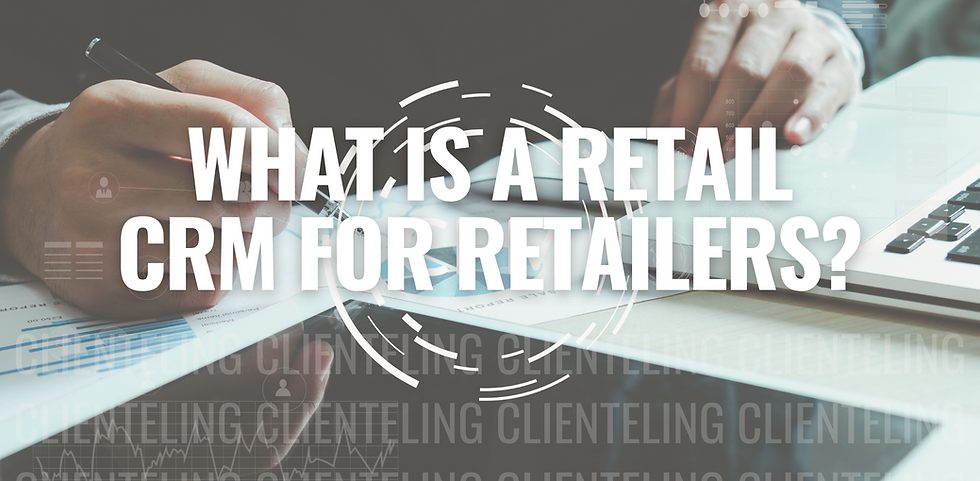The State of In-store Shopping
- BSPK

- Oct 22, 2022
- 3 min read
When the pandemic hit, stores closed, and consumers began to shop online, thinking that they may never feel safe to set foot in physical stores again.
Instead, consumers are rushing to shop in stores, eager to get out and socialize after being cooped up at home during the pandemic. They are ready to get back in stores and engage with brands.

E-commerce share of retail sales is decreasing and according to the Mastercard Spending Pulse, e-commerce sales increased by 1% this June vs. the same month a year prior while in-store sales have increased by +12%. Digital sales still make up a greater portion of retail sales than they did pre-pandemic, but data shows that it is slowly declining from the peak in the Spring of 2020.
Online retail giant Amazon has said it has added too much warehouse space after experiencing a slowdown in e-commerce. The company is reportedly seeking to vacate at least $10 million square feet of warehouse space by subleasing.
Online retailers such as Stitch Fix and Rent the Runway are struggling to meet the changing needs and demands of consumers. Both online clothing services announced layoffs of their corporate employees, amid the slow e-commerce growth. Rent the Runway will lay off 24% of its corporate workforce as part of a “restructuring plan to reduce costs, streamline its organizational structure and drive operational efficiencies.”

As consumers continue to spend more time online and our retail landscape continues to change, brands should think about how to serve customers in personalized, relevant ways through all store touchpoints: in-store, mobile, online, checkout, and fulfillment.
It’s not enough for brands to offer high-quality products and services, they need to offer an elevated customer experience that not only fulfills their needs and wants but also connects with them in an authentic way. 70% of consumers say that they’re likely to purchase exclusively from brands that understand them and their needs.
In this hyperconnected and global market, consumers are craving authentic and personalized shopping experiences that make them feel important and valued, beyond the product and services they buy.
So how can brands craft a seamless experience for their consumers?
Today, 31% of retailers say they cannot track consumers across devices, and another 38% can only track some consumers some of the time. This makes it difficult for retailers to personalize their customers’ experiences if they do not understand their behaviors or preferences.

To meet the expectations of the modern consumer, brands are adopting new and innovative technologies to help them understand their customers on a deeper level, and interact with them whenever and wherever they are. CRM technologies, clienteling platforms, AI/VR, and other emerging technologies are changing the retail landscape, and customers have new opportunities to interact with their favorite brands in ways that were not possible before.
By putting customers at the center of everything, and having a human approach to customer engagement and technology, the customers' needs are prioritized and enriched with personalized experiences that increase their satisfaction and loyalty to the brand.
Today’s successful brands know how to cultivate deep and long-lasting relationships with customers through the right customer service, product recommendations, and loyalty programs and incentives through both online and offline channels.
With BSPK and our global network of sales advisors, loyal one-to-one customer relationships are built with the delivery of real-time, meaningful, and personalized messages across the right touchpoints.
Discover how to foster great customer relationships with our innovative clienteling platform that improve processes for salespeople.




Comments